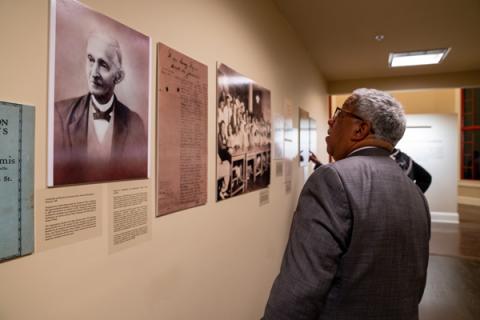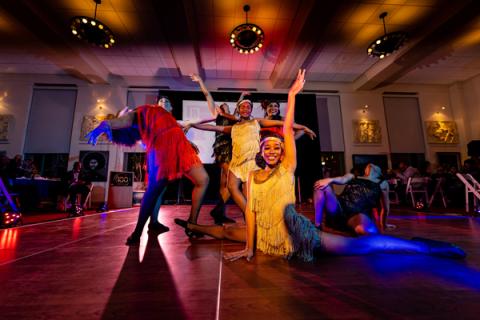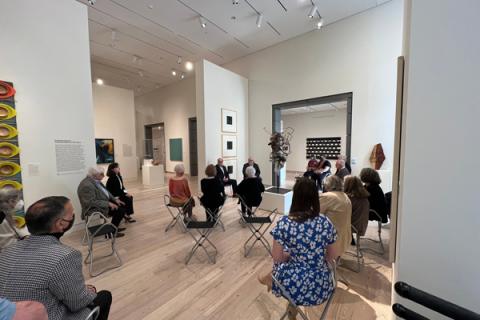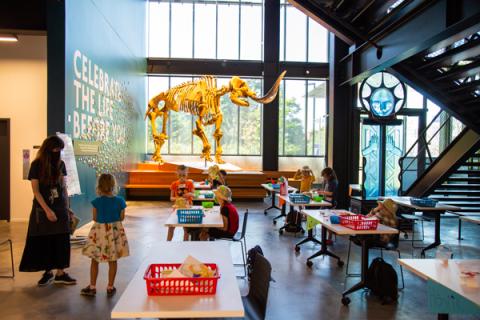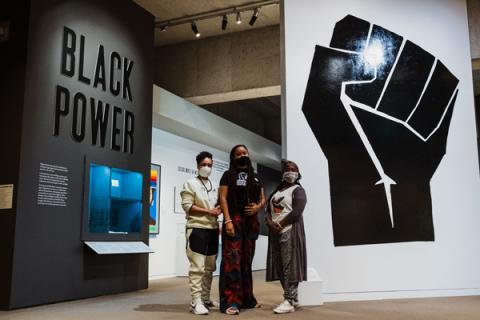The Amistad Research Center
Thanks to Hollywood’s portrayal of the story behind the landmark case, people worldwide may know the name “Amistad” and how enslaved Africans on a ship bearing that name worked with abolitionists to win their freedom once they arrived in the United States. That, however, is only one of the amazing stories visitors can find at the Amistad Research Center in New Orleans.
PROGRAM HIGHLIGHT
The Fannie Lou Hamer Papers is one of the center’s foundational civil rights-era collections. The papers document this advocate and activist’s personal life growing up and sharecropping in Mississippi, as well as her incredible work to pursue civil rights, voting rights, and economic self-sufficiency in the segregated South. The collection also includes records of many organizations to which Hamer was attached, such as the Freedom Farm Cooperative that she founded with $10,000 in 1969.
